BILL NEBEKER
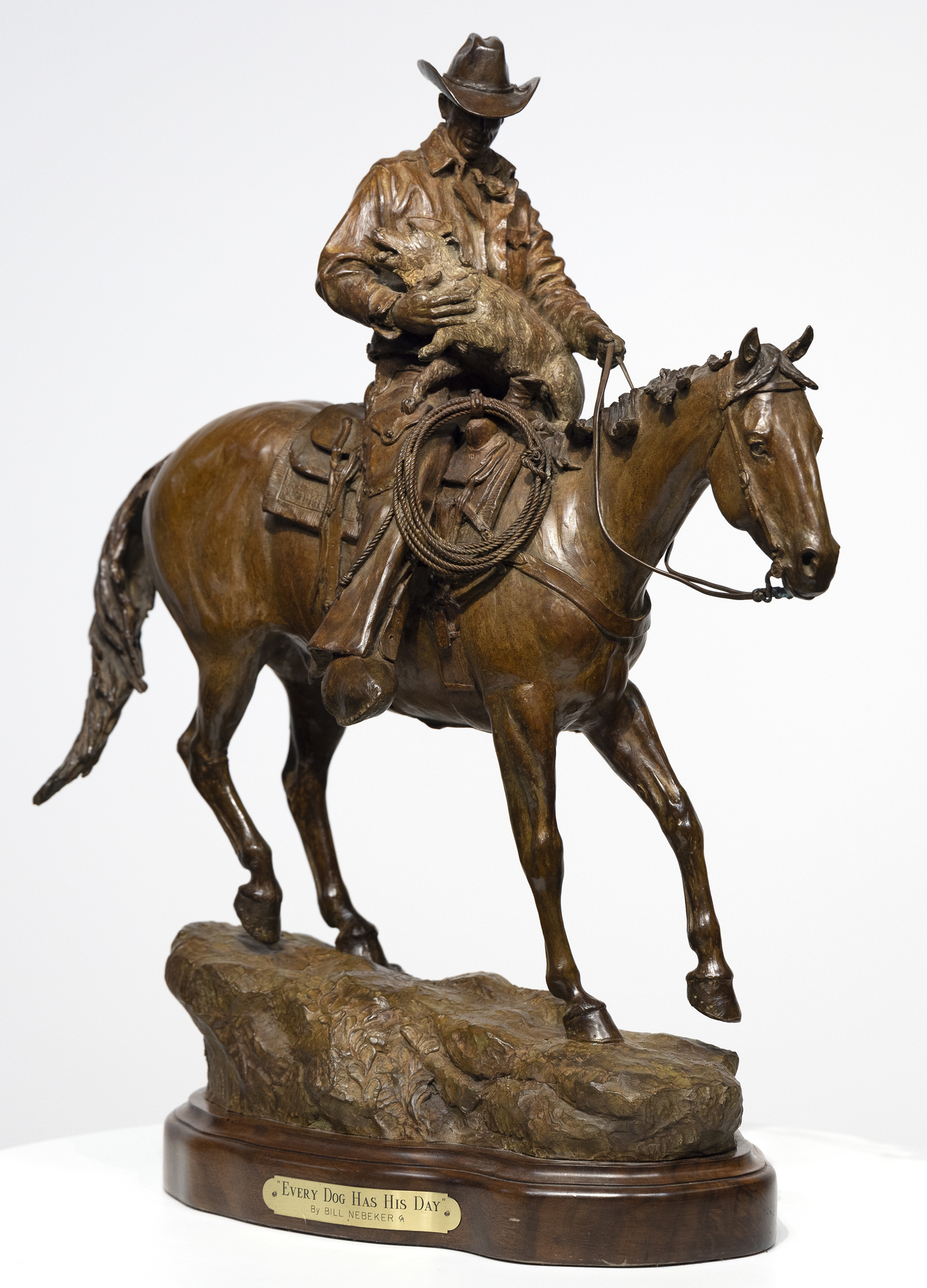
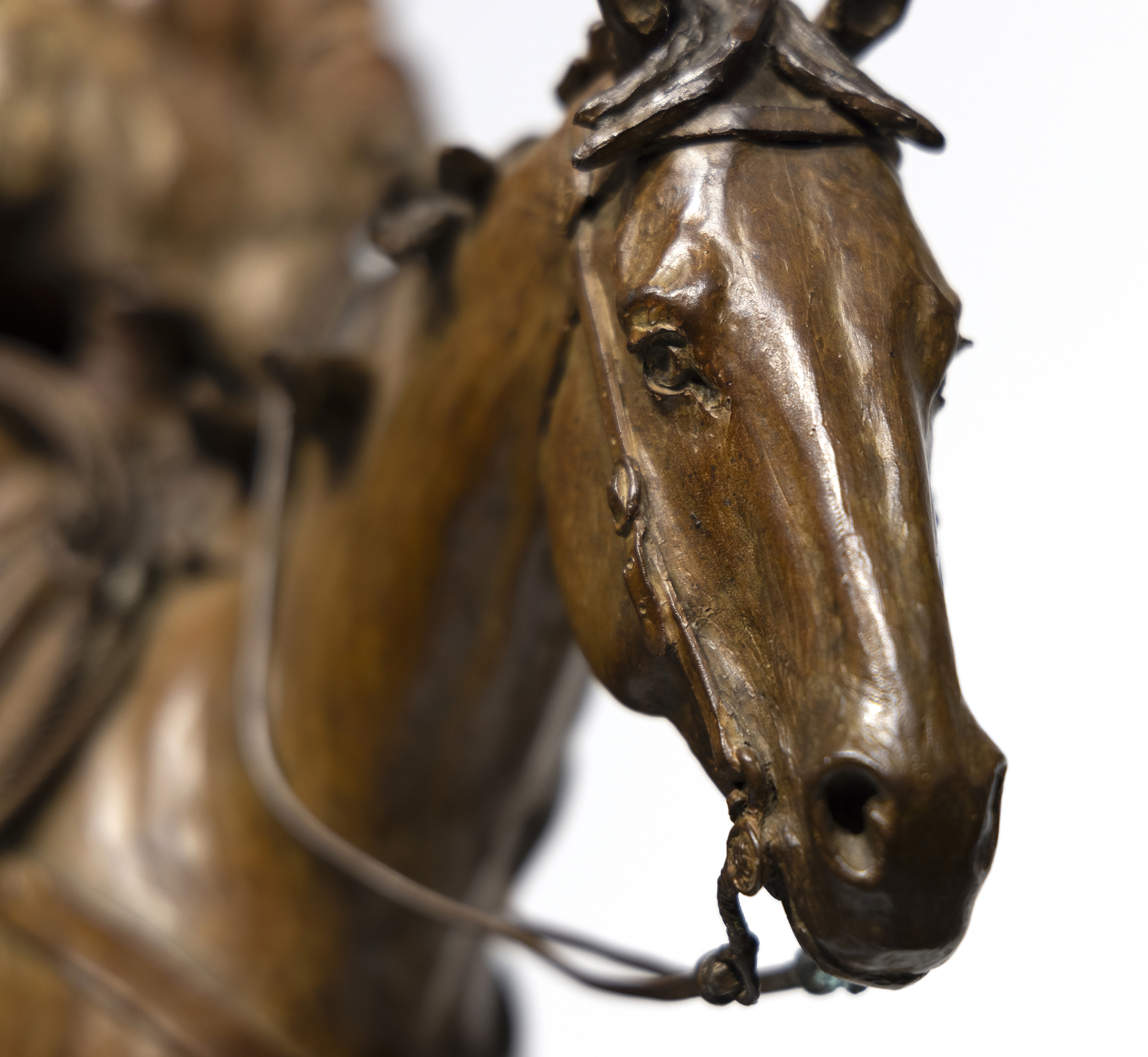
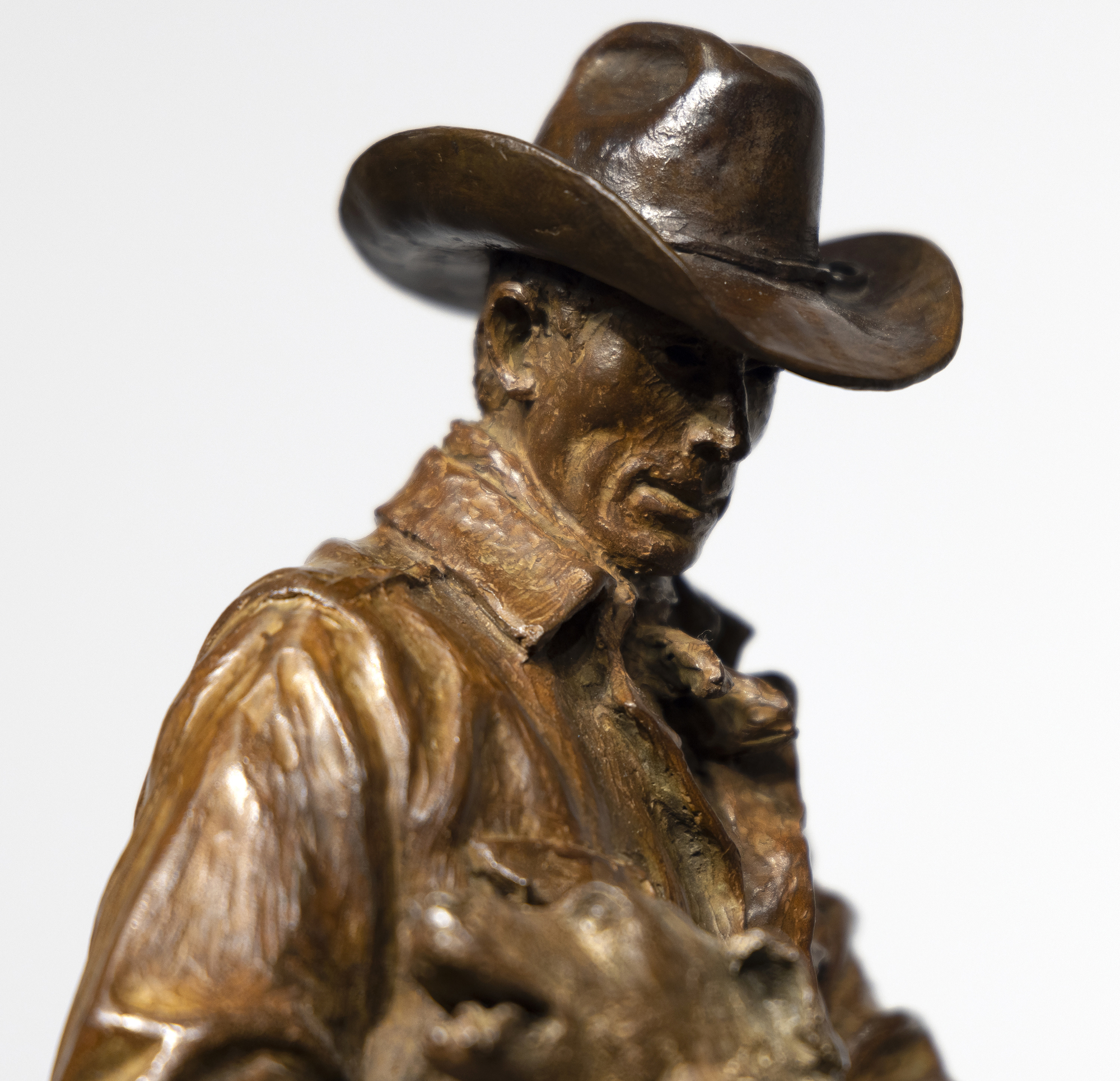
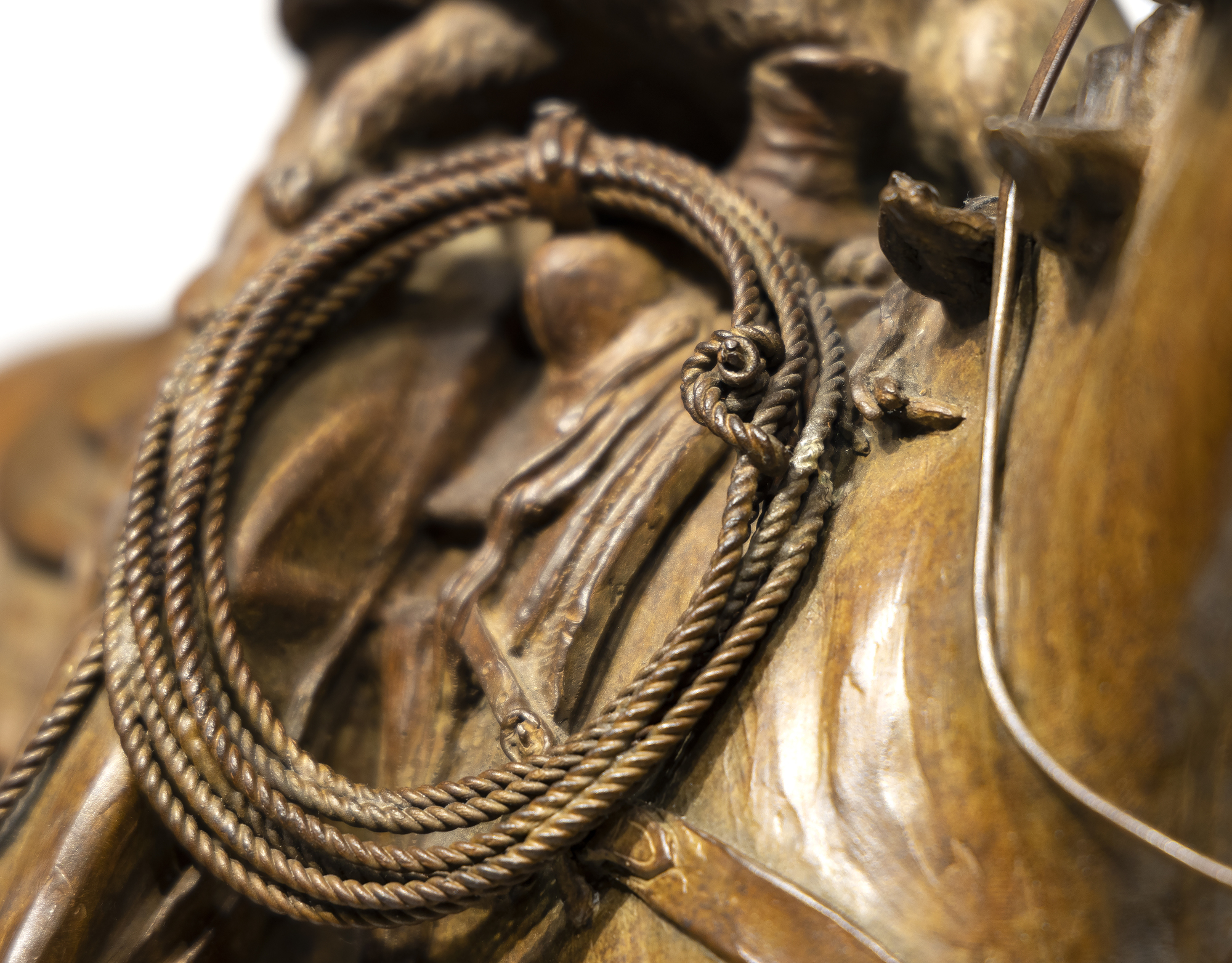
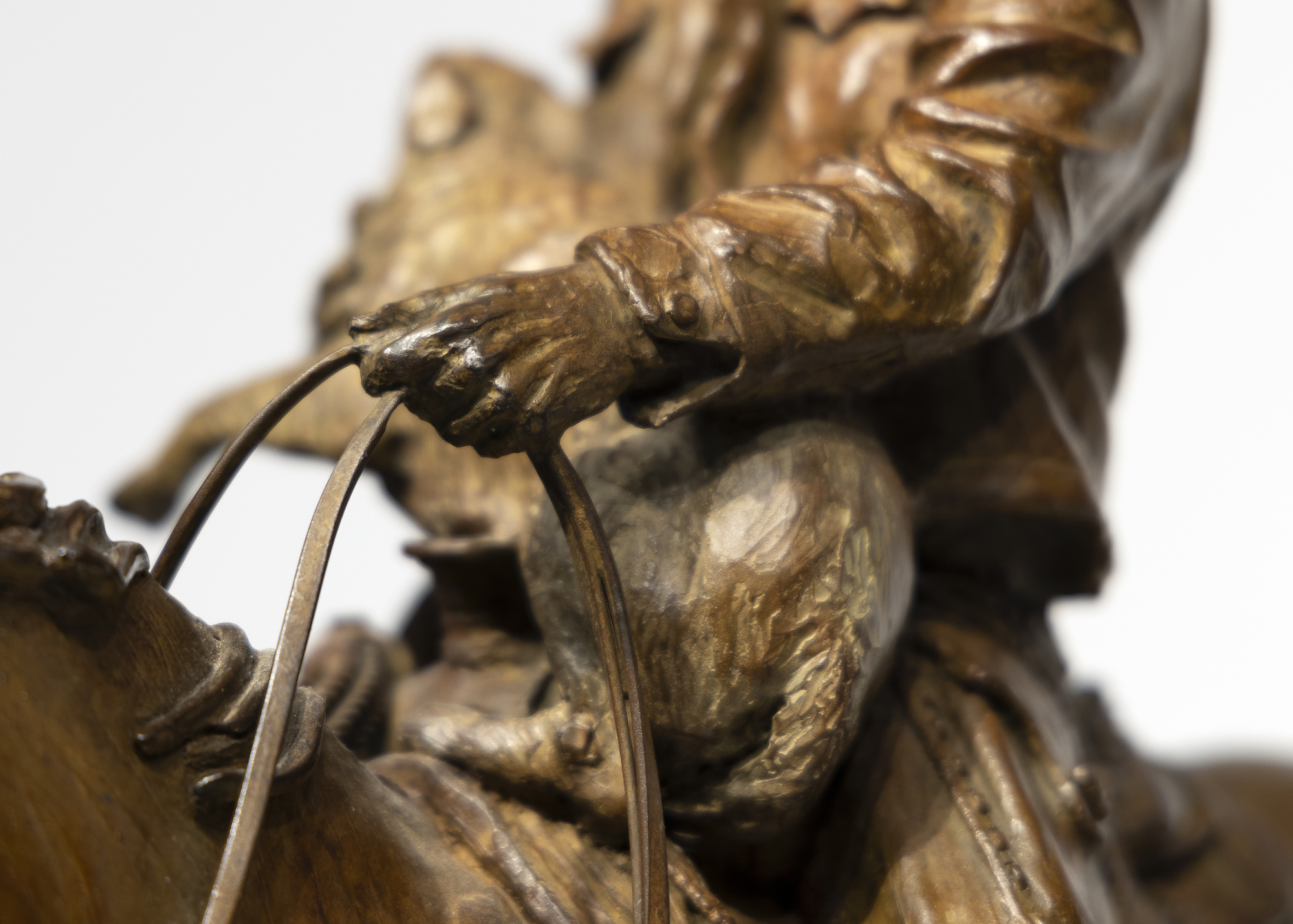
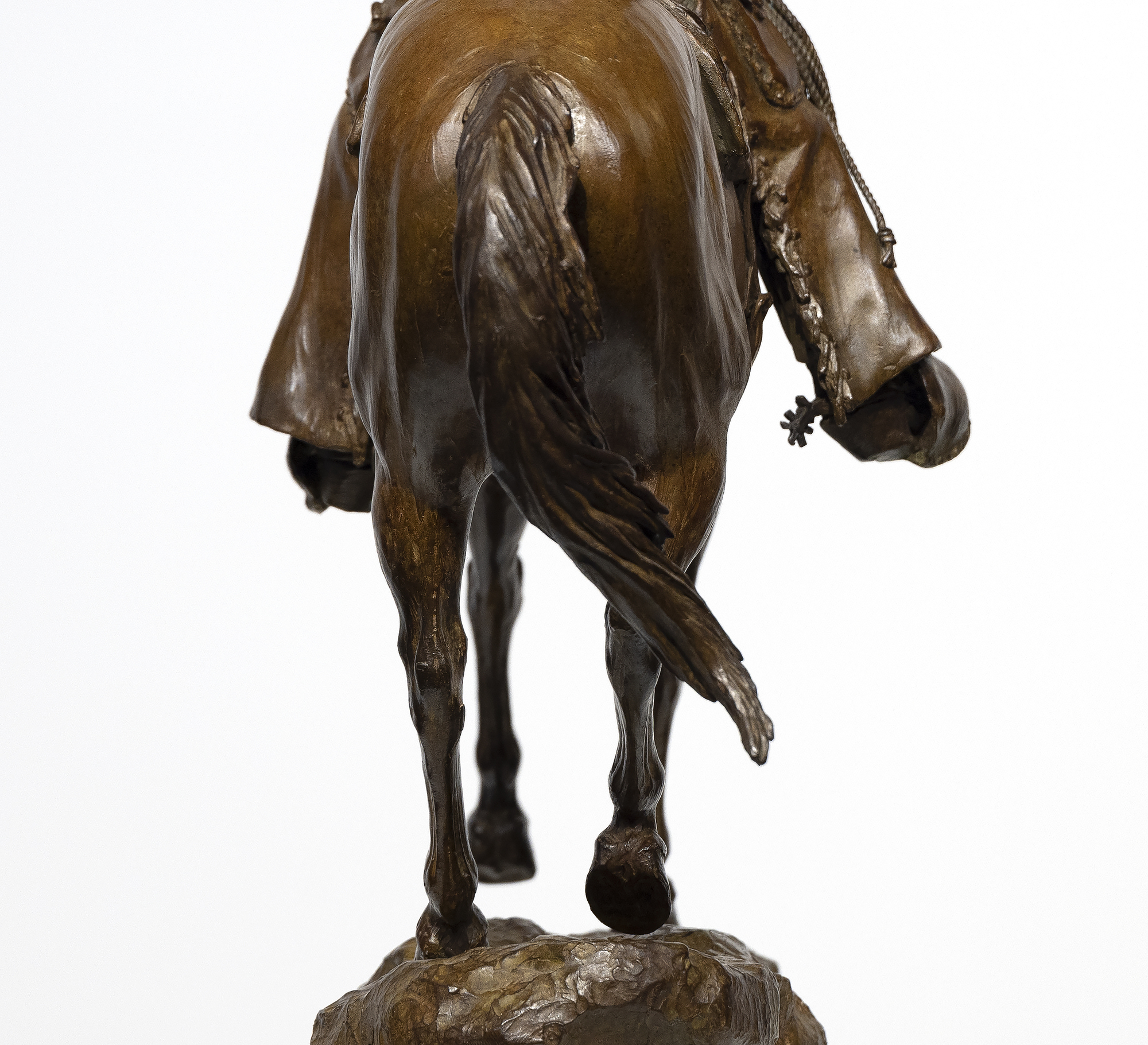
Provenienz
Private SammlungNebeckers Skulpturen sind gut recherchiert und beeindrucken als authentische Darstellungen des historischen amerikanischen Westens in der Tradition von Charles Russel und Frederick Remington. Westernkunst ist ehrlich und realistisch", stellt Nebecker schnell fest. Western-Kunst ist die Darstellung eines Lebensstils, den die Menschen ernst nehmen. Wenn man das nicht richtig darstellt, irritiert das diejenigen, die wissen, was real war. Nebeckers Skulpturen werden sowohl auf dem Primär- als auch auf dem Sekundärmarkt verkauft.


